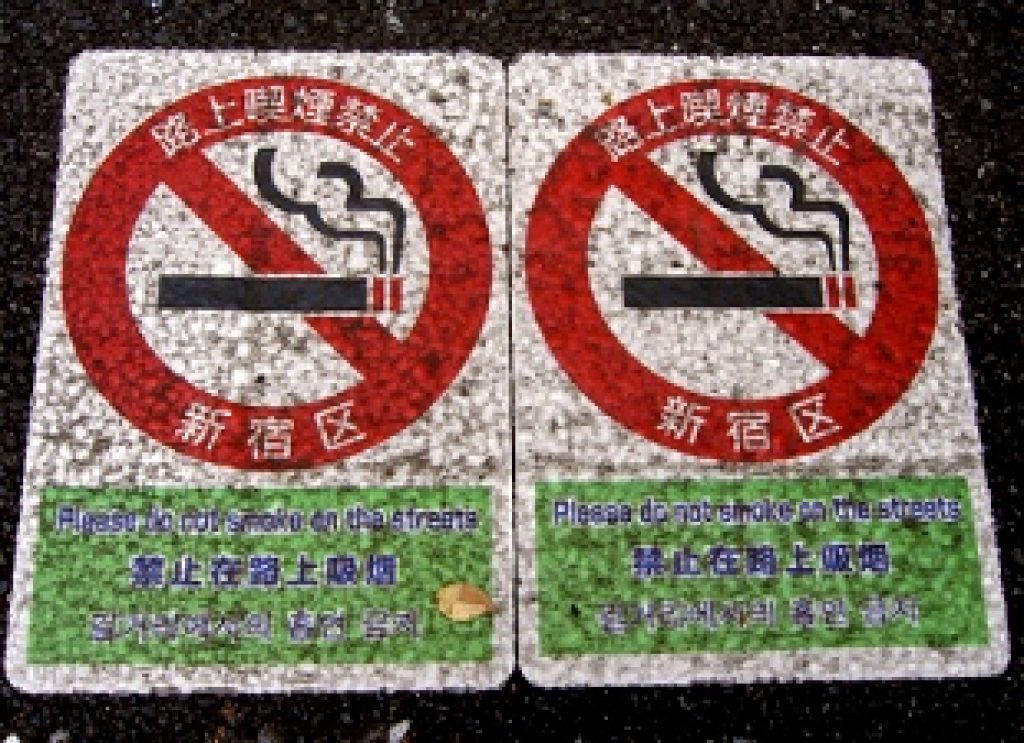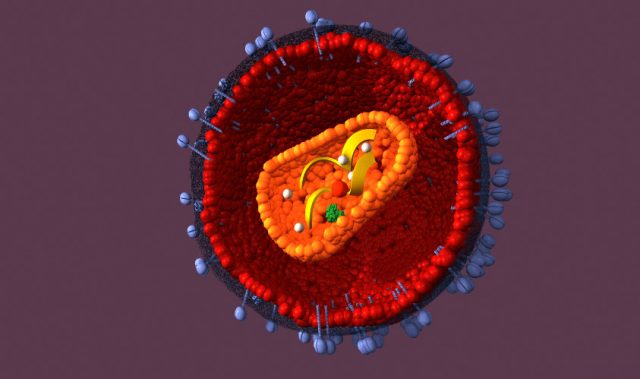
Asian Scientist (Jul. 12, 2013) – The number of people worldwide covered by at least one life-saving measure to limit tobacco use has more than doubled in the last five years to 2.3 billion, one third of the world’s population.
According to the WHO Report on the Global Tobacco Epidemic 2013, the number of people covered by bans on tobacco advertising, promotion and sponsorship increased by almost 400 million people.
Furthermore, the report shows that three billion people are now covered by national anti-tobacco campaigns. As a result, hundreds of millions of nonsmokers are less likely to start.
However, the report notes that to achieve the globally agreed target of a 30 percent reduction of tobacco use by 2025, more countries have to implement comprehensive tobacco control programs.
Re-enforce bans on tobacco advertising, promotion and sponsorship worldwide
Bans on tobacco advertising, promotion and sponsorship are one of the most powerful measures to control tobacco use. As of today, 24 countries have introduced complete bans and 100 more countries are close to a complete ban. However, 67 countries currently do not ban any tobacco advertising, promotion and sponsorship activities or have a ban that excludes advertising in national broadcast and print media.
“If we do not close ranks and ban tobacco advertising, promotion and sponsorship, adolescents and young adults will continue to be lured into tobacco consumption by an ever-more aggressive tobacco industry,” says WHO Director-General Dr Margaret Chan.
“Every country has the responsibility to protect its population from tobacco-related illness, disability and death.”
Tobacco is the leading global cause of preventable death and kills six million people every year. If current trends continue, the number of deaths attributed to tobacco smoking is projected to rise to eight million a year by 2030.
“We know that only complete bans on tobacco advertising, promotion and sponsorship are effective,” said Dr Douglas Bettcher, the Director of WHO’s Prevention of Noncommunicable Diseases department.
“Countries that introduced complete bans together with other tobacco control measures have been able to cut tobacco use significantly within only a few years.”
Other findings from the report
Effective health warning labels on tobacco packaging continue to be established by more countries. In the past five years, a total of 20 countries put strong warning label requirements in place, with 11 countries doing so since 2010.
More than half a billion people in nine countries have gained access to appropriate cessation services in the past five years. However, there has been little progress since 2010, as only four additional countries with a combined population of 85 million were newly provided access to cost-covered services including a toll-free national quit line.
Creation of smoke-free public places and workplaces continues to be the most commonly established measure at the highest level of achievement. There are 32 countries that passed complete smoking bans covering all work places, public places and public transportation means between 2007 and 2012. Since 2010, 12 countries and one territory passed strong smoke-free laws at a national level.
The report can be found at: WHO Report On The Global Tobacco Epidemic, 2013.
——
Source: WHO; Photo: robertDouglass/Flickr.
Disclaimer: This article does not necessarily reflect the views of AsianScientist or its staff.












